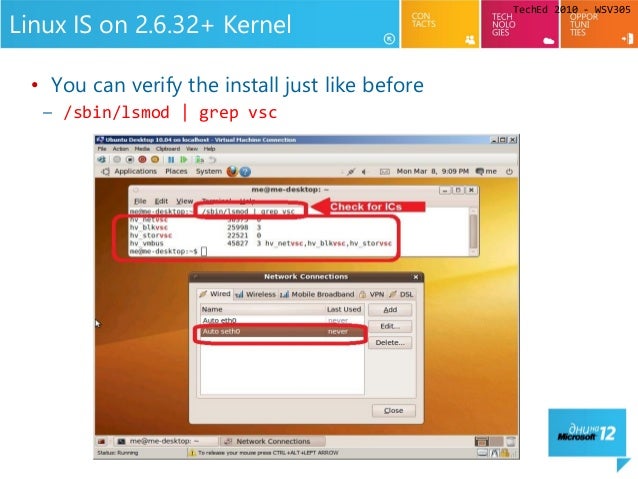

You can't change a virtual machine's generation after you've created it.
Generation 2 doesn't support the boot method you want to use.įor more information about what features are available with generation 2 virtual machines, see Hyper-V feature compatibility by generation and guest. Generation 2 doesn't support the operating system you want to run on the virtual machine. You're using an existing, pre-built virtual disk (VHD or VHDX) which is not compatible with UEFI. We recommend that you create a generation 2 virtual machine to take advantage of features like Secure Boot unless one of the following statements is true: Your choice to create a generation 1 or generation 2 virtual machine depends on which guest operating system you want to install and the boot method you want to use to deploy the virtual machine. For more information on uploading a Windows VHD or VHDX, see Prepare a Windows VHD or VHDX to upload to Azure. 
See Generation 2 VMs on Azure to learn more about generation 2 capabilities supported on Azure. If you have other tips, share them in the comments section so others can benefit from your knowledge.If you plan to ever upload Windows virtual machines (VMs) from on-premises to Microsoft Azure, both generation 1 and generation 2 VMs are supported as long as they use the VHD file format and have a fixed (not dynamically expanding) sized disk. As always, there are many different ways of updating files in Linux distribution I'm simply offering one of those methods.

This is a simple workaround that allows you to customize the screen resolution of an Ubuntu installation inside a Hyper-V VM.
Run the following command: sudo update-grub. Here is what it might look like: GRUB_CMDLINE_LINUX_DEFAULT="quiet splash video=hyperv_fb:1024x768". Append that line with video=hyperv_fb:. Find GRUB_CMDLINE_LINUX_DEFAULT="quiet splash". From within the Ubuntu virtual machine, open Terminal. Follow these steps to change the screen resolution: This is despite the fact that there is full integration between Hyper-V VMs and Ubuntu distribution, and this integration also includes a virtual video driver.įortunately, there's a manual workaround that's easy to implement and which accomplishes the same objective. If you try to change the screen resolution from the GUI, you'll find that it's impossible. Take, for example, an installation of Ubuntu in a Hyper-V VM. Microsoft Hyper-V is continuously improving its support for Linux distributions, but some occasional manual tweaking is necessary to accomplish tasks.







 0 kommentar(er)
0 kommentar(er)
